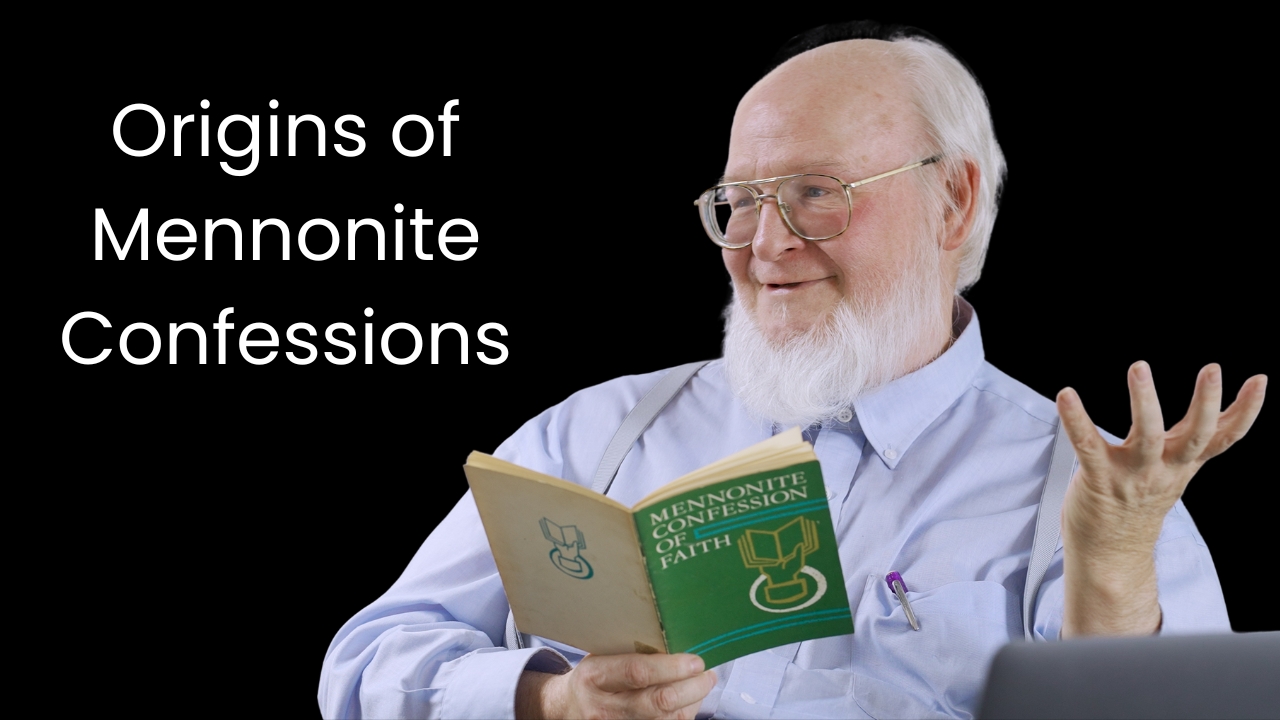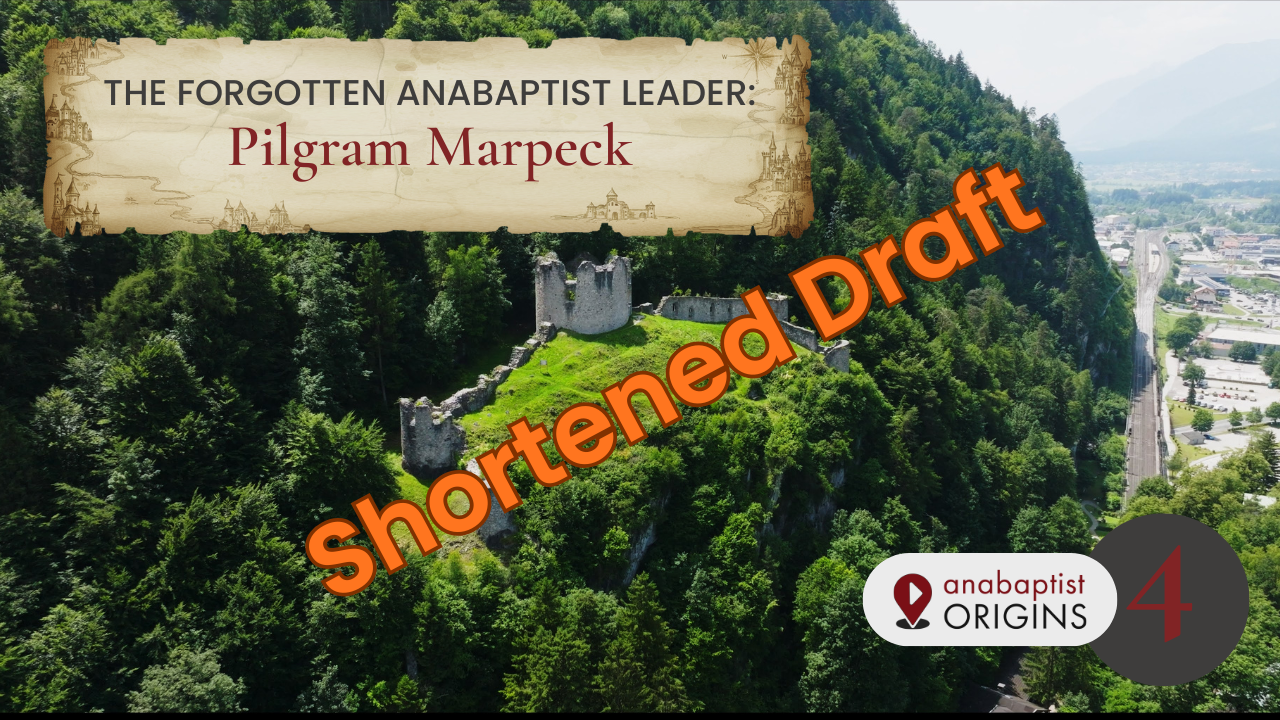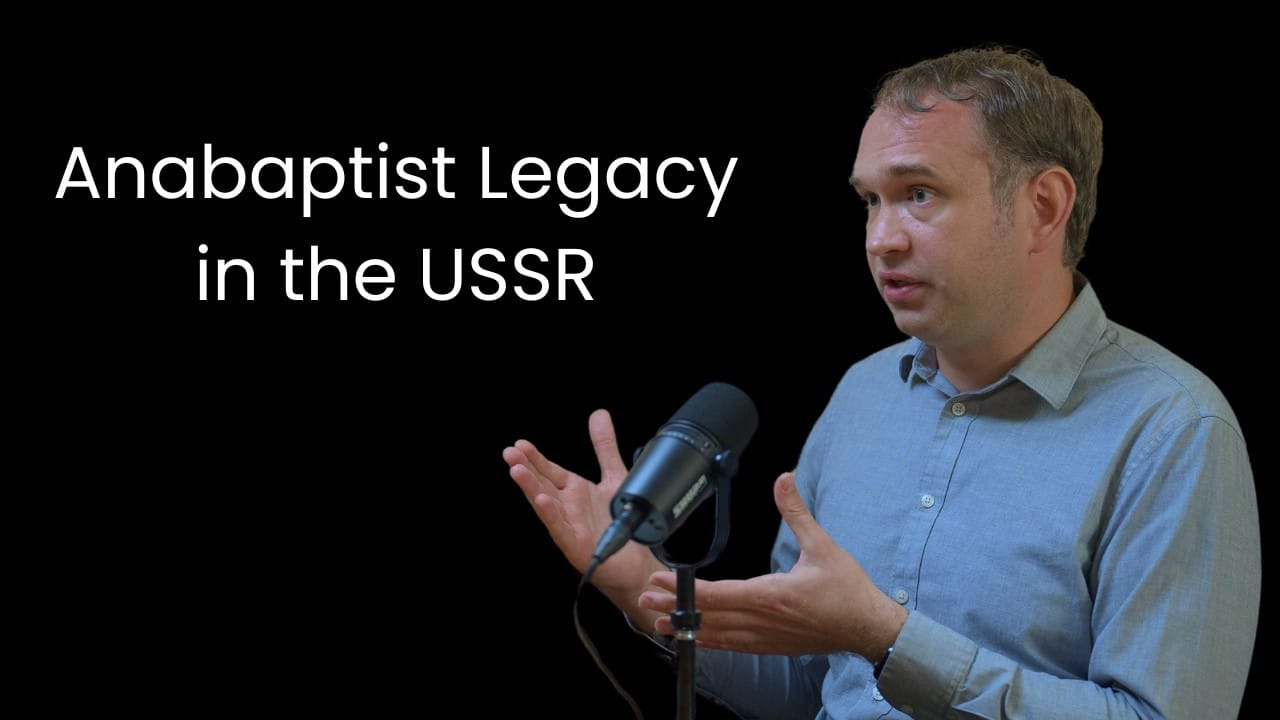Part 2 – Losing and Recovering Non-resistance in the Civil War Era
Within two generations after arriving on American shores, Mennonites faced the perplexing challenges of dealing with the American Revolutionary War. That fascinating story is well –told by John L. Ruth in his narrative history of the times ‘Twas Seeding Time. Within three more generations, the well-settled American Mennonites were facing the perplexing challenges of the American Civil War. Again, John L. Ruth uses narrative history to retell the period stories surrounding Lancaster County, Pennsylvania, in his book The Earth Is the Lord’s. The two narrative histories tell two different stories.
The earlier story, the story of how Pennsylvania Mennonites related to the American Revolution, illustrates a large degree of faithfulness to the historic Anabaptist principle of Two Kingdoms. The difference between Mennonite German culture and the surrounding English culture contributed to keeping the two kingdoms distinct from each other. That time period portrayed how a largely united church (Christian Funk’s division excepted) successfully navigated the issues.
The American Civil War created a different challenge for the Mennonites. By 1860, three generations away from the Revolutionary War period, Mennonites were scattered far from the original settlements in Pennsylvania. On top of that, the Mennonite emigration from Europe had restarted after being shut down during both the French and Indian War and the American Revolutionary War. The new immigrants skipped over Pennsylvania to settle in Ohio, Indiana, and Illinois. The new Amish and Mennonite immigrants had some different values compared to the Amish and Mennonites who lived in the first Pennsylvania settlements. The new Amish immigrants, especially, were in the throes of change.
Money was to be made in America. Since Amish and Mennonites seem to be gifted with the ability to make money, they took the opportunity, too often at the expense of their religious values. Economics took priority over faith. Many families planted themselves in a geographic position without a surrounding faith community. Not all did so, but many did. To retain some kind of faith, these families began associating with non-Anabaptist churches. Not surprisingly, their children often arrived at adulthood without non-resistant values.
Far too many Anabaptist people immersed themselves in work. Even in faith communities, work took priority over faith. As a result, young people learned to work at the expense of faith development. Faithfulness to Christ sagged while economics boomed.
Slavery was the exception. Amish and Mennonites, even those south of the Mason-Dixon Line, did not own slaves on principle. It simply was not morally acceptable to own another human being. In Virginia, Biblical principle took priority over economics. In the absence of slavery, their farms and mills prospered.
And then came the Civil War…
This time around, three generations of religious sluggishness manifested itself in Mennonite boys going off to war. The narrative history for the Civil War period is presented in Mennonites, Amish, and the American Civil War by James O. Lehman and Steven M. Nolt. The following sample was taken from page 90 of that source:
Several older Amish and Mennonite communities in southwestern Pennsylvania were, in the 1860s, declining if not dissolving, perhaps making it harder for their young men to resist wartime enlistment pressures. In Westmoreland County, small Mennonite populations in the West Overton and Jacobs Creek area were home to only a few men of conscience. Mennonites had thrived there in the early 1800s, but the settlements had suffered significant out-migrations and defection to other denominations. In Jacobs Creek there was little hesitation about young men going off to war. In West Overton, patriarch Abraham Overholt and his son had grown wealthy from milling, distilling, and producing coke from coal. Overholt had many descendants and other relatives in Union ranks. Although nearly eighty years of age, Overholt “visited the seat of war twice…to encourage soldiers in the field with whom he was personally acquainted.”
Young John F. Funk, living in Chicago, took a trip home to eastern Pennsylvania at Christmastime in 1862. Eighty-four-year-old minister John Geil asked John Funk after the Sunday service, “Have they made a soldier of you?” “No,” Funk responded, “I would make a poor soldier – I would not fight.”
Back home in Chicago, Funk mused, “So many of our Mennonite boys had already and were still enlisting.” On a Sunday morning in 1863, he received two visitors, John M. Brenneman and Peter K. Nissley whom he took along to the Presbyterian church to show them his Sunday School. That evening Brenneman and Funk had a long talk. During the talk Funk showed Brenneman his unfinished manuscript entitled “Warfare: Its Evils, Our Duty”.
Brenneman was startled by Funk’s straightforward presentation, even wondering if publishing such a plainly anti-war tract would put Funk in personal danger, but he encouraged Funk to finish it and have it printed. Funk immediately did so, and by July 22, 1863, he had 1000 copies. (Ibid. pp. 176,177)
In turn Funk encouraged Brenneman to write his own book on the subject, saying he would help to get it published. The Ohio bishop agreed, driven by his growing sense that peace teaching was too thin in the scattered and often isolated Mennonite communities of the Midwest… (Ibid. p. 178) As a result, he wrote Christianity and War, three times the length of Funk’s work, and with twice as many copies printed.
John F. Funk was to have a powerful positive impact in the Mennonite world with his Mennonite Publishing Company and his Herald of Truth published in both English and German. He had seen a weakness among his people and made an effort to remedy the weakness. John M. Brenneman had done the same. These two men helped the Swiss Mennonite world turn the corner for a better future. What would have happened had these two men failed to rise to the challenge in the hour of crisis?
Of course, much practical teaching would need to follow in the wake of printed work in local Mennonite congregations. But the foundation of Mennonite publishing in American had been put in place. The Mennonite Publishing Company provided worthwhile reading for entire families, not just for the church leadership. The corner had been turned.
The American Civil War had illustrated Mennonite decline and weakness, had called forth proactive leaders to deal with the weakness, and had re-directed the Old Mennonite Church toward a more positive future.
__________________________________
Bibliography
Ruth, John L. Twas Seeding Time: A Mennonite View of the American Revolution: Herald Press, 2018.
Ruth, John L. The Earth is the Lord’s: Herald Press, 2001.
James O. Lehman, Steven M. Nolt, Mennonites, Amish, and the American Civil War: JHUP, 2007.









Leave a Reply